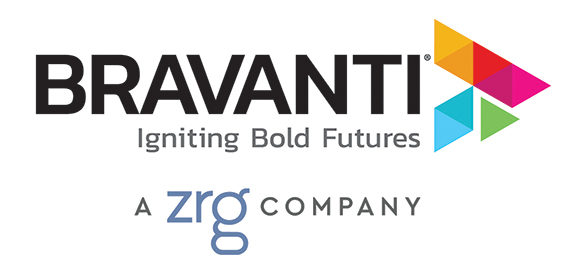By Steve Spires
It was a tough and tumultuous year for retail in 2017. Brick-and-mortar stores suffered record closings. Bankruptcies in the industry were up 30%. Meanwhile, Amazon gobbled up Whole Foods Market and continued to transform the retail landscape as we know it. As technology disrupts business from almost every angle, companies experiencing dramatic change and consolidation face redundancies and downsizings. In these times, it’s critical to take stock of the impact on human capital.
There’s a right and a wrong way to handle outplacement. First, employees shouldn’t have to navigate change alone. With a well-planned transition process, exiting employees can move forward in a positive direction quickly and with solid support.
Here are some best practices for helping employees with career transition:
Strategy and Planning
Any company going through significant change should develop a comprehensive change management plan that includes transparent communications, a detailed separation plan, and action plans for multi-location efforts. A well-thought-out strategy might include using an experienced outplacement firm for on-site layoff notifications, delivery of sensitive one-on-one or group support to transitioning employees, and ongoing job-search assistance for a period after the layoffs. Managers involved in notifications should also be trained and coached on how to deal with the inevitable anger and strong emotions that will arise.
At the same time, the needs of remaining employees must be considered. The plan should include strategies for supporting and engaging those who remain by keeping lines of communication open to minimize disruption and impact on productivity.
In the course of a transformation, many companies might also consider programs for in-placement or redeployment within the organization, as well as spousal support and retirement readiness plans.
Transparent Communications
The importance of strong communications cannot be overstated in a force reduction scenario. Outgoing employees deserve information in a timely and accurate way, with a clear and honest explanation. Management should detail the business reasons for the change in a compassionate and respectful way, and remain available for discussion and questions. A two-way flow of communication is best, giving both exiting and remaining employees information early and often, and allowing them to provide feedback to management.
Consider holding small group meetings throughout the transition to engage managers and other team members in the process. Give them a chance to react, provide input, and even make changes to the plan as it unfolds.
Redeployment Considerations
In some circumstances, reassigning employees within the organization may be a possibility. Think about both the current state of the organization and the “target” state. Where is the organization headed? What skill sets are required to achieve the target state, and does existing talent match up? How can the organization both retain good talent and provide alternative opportunities for those employees that are directly affected?
Career Transition Support
When separation is necessary, early and sustained engagement with outgoing employees will help them move forward optimistically, facilitate a more upbeat attitude among those left behind, and foster a positive brand reputation both inside and outside the company.
Make sure those affected know what’s available to them in terms of internal opportunities or outplacement support. Be clear about timeframes and expectations, while using a caring and considerate tone in communications.
Moving forward in a constructive way means more than clicking links on job boards. It means working with an effective transition coach who will help the job seeker define the right path forward. This includes helping them understand their professional and personal goals and how their skills match up with opportunities in the marketplace. For some employees, the time might be right to change careers, start a business, transition to part-time work, or prepare for retirement.
Nurturing Those Who Stay
Chances are good that the transition will have a profound effect on everyone in the organization, and it’s important to nurture the employees who stay. Here again, communication is key. Company leaders should acknowledge the impact of the changes and the emotions involved. Demonstrate how the change will create a new organization, and how the losses will be offset by a new culture and work environment. Use every opportunity to learn how the changes are impacting the remaining team, and adjust plans along the way to ensure they remain positive and engaged.
When Executive Ranks Are Affected
If senior-ranking executives are affected by a downsizing, best practices dictate a high-touch approach to career transition. Members of the C-suite or other senior professionals may be well-connected, but they often need an experienced transition coach to guide them in the discernment process for the next right career move.
They will likely need sophisticated support in researching companies and opportunities, networking and securing strategic introductions, taking and evaluating skills and aptitudes assessments, developing a personal brand strategy, launching a go-to-market strategy, vetting opportunities, and negotiating offers. Like other employees, this may be a time for senior executives to consider entrepreneurial or second-act possibilities such as corporate board work, volunteer activities, or not-for-profit leadership.
Cultivating Brand Ambassadors
Change is rarely easy. And we can continue to expect more as 2018 unfolds and retail continues to transform. When downsizing comes, a positive career transition experience can mean all the difference, not only for the affected employees, but for any company seeking to combat fierce competitive forces in the marketplace and evolve into a better organization.
Providing the right support to your exiting employees means they will be good brand ambassadors on social media and in the marketplace. And, remaining employees will stay engaged, having seen their company treat outgoing people with care and respect.
This article originally appeared in Chain Store Age. Reprinted with permission.

